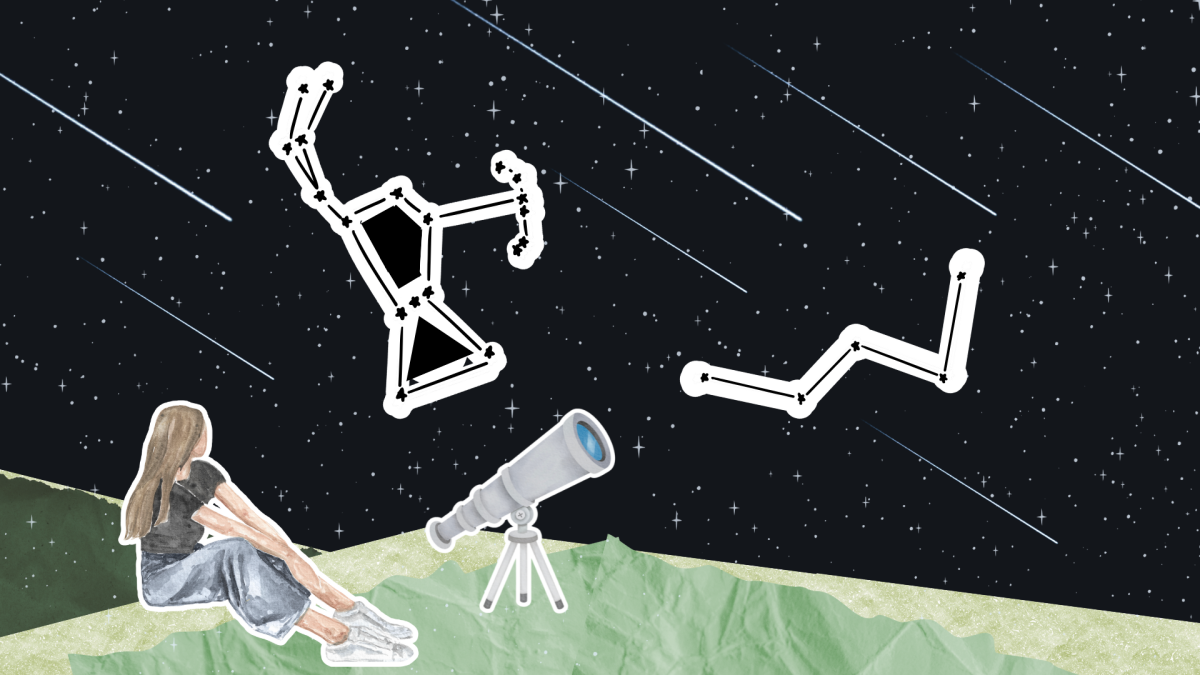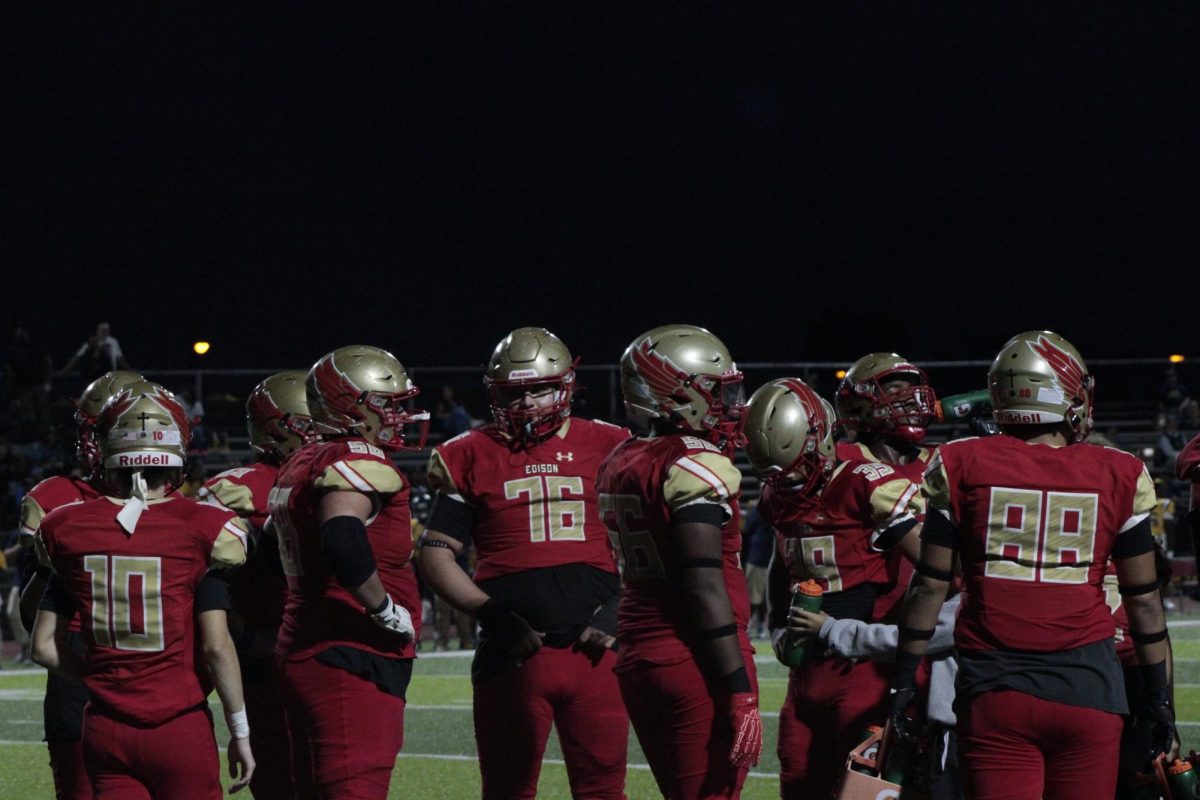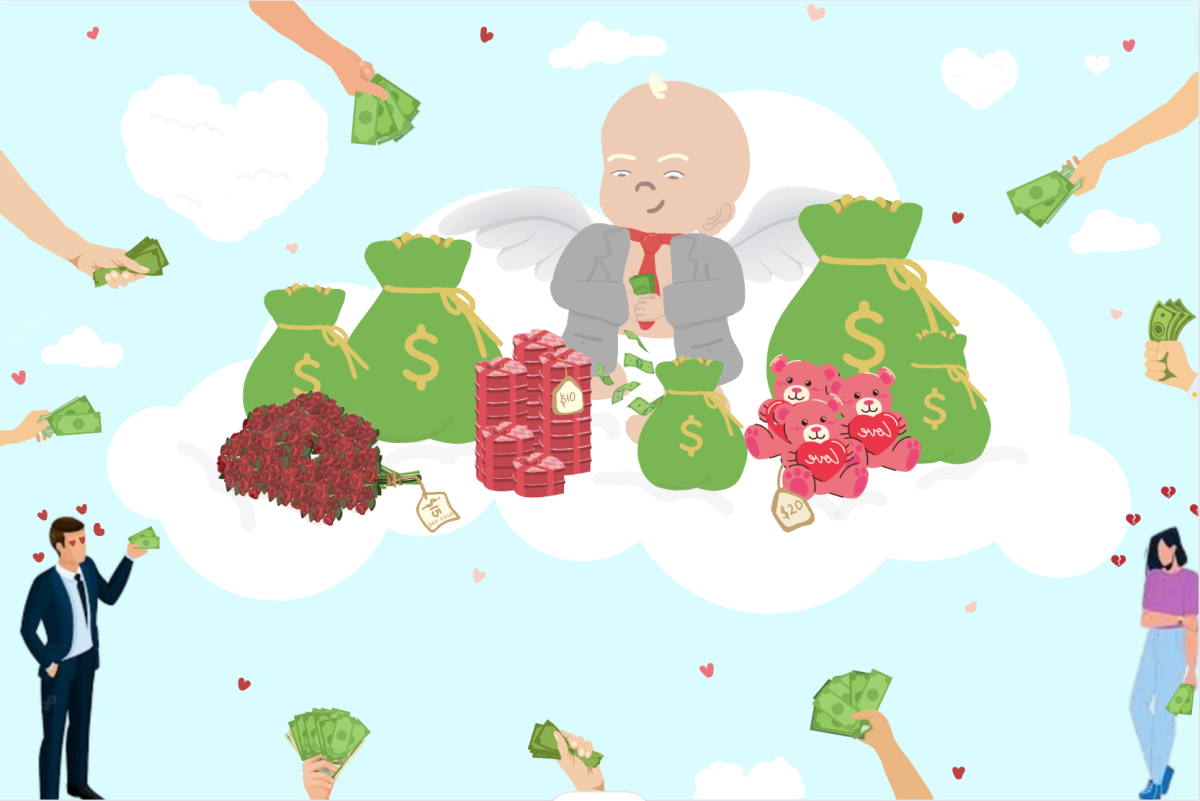Valentine’s Day is right around the corner. Between various companies immediately pushing their heart-themed products into stores and persistent influencer social media posts, everyone knows about this day of love.
For most, however, the holiday’s origins are largely unknown. It is important to understand the holiday’s origins to see it in the context of today’s society.
According to Encyclopedia Britannica, the origins of Valentine’s Day stem from stories surrounding St. Valentine of Terni, who secretly married couples against the government’s orders and was martyred. There are a multitude of unconfirmed historical accounts from Valentine’s Day.
Although diving into the elusive mythology behind the holiday makes for interesting conversation, times have changed. Modern romance holds more nuance than ever, even more so with technology’s bold, undeniable influence. Teens are an integral part of this digitally-dependent world.
Many teens feel insecure about themselves online as they watch couple’s posts for Valentine’s Day. Some teens feel obligated to enter a relationship through peer pressure, seeing it as the only way to gain emotional fulfillment. With the majority having unrestricted access to the internet, a sense of loneliness becomes increasingly prevalent.
They often forget what they see from influencers are only the brightest, happiest moments of their relationships. Major companies capitalize off of our feelings of loneliness and overall emotional insecurity. The existence of a day celebrating love is highly lucrative. According to Statista, in 2023, the total spending on Valentine’s Day products in America was reported to be $25.9 billion.
People long for whimsical, fantasy romance in their lives. When someone is single on Valentine’s Day, holiday propaganda is still shoved down their throats; some people gorge on chocolates to fill themselves with a sense of satisfaction. Chocolate sales, an affordable distraction from bitter solitude, is a distracting indulgence on a lonely Valentine’s Day.
However, many people also buy Valentine’s Day products purely to be a part of something. Since most people spend time and money celebrating this holiday, others are inclined to do the same. Such behavior goes back to humanity’s primitive age; people combat the fear of being an outcast by engaging in herd behavior. A man might buy his girlfriend a bouquet and a box of chocolates as part of the yearly routine of Valentine’s Day, only to uphold the relationship. Commercial goods intertwine with acts of kindness and affection, becoming synonymous in the context of this holiday.
Valentine’s Day embodies the definition of a commercial holiday. It is nothing more than an opportunity for companies to line their pockets with cash. In reality, people who care for each other wouldn’t need a special occasion to prove it. People are constantly chasing after love, which creates tremendous opportunities for conglomerations to manipulate people’s desires, creating products meant to combat or enhance those feelings.
On the contrary, affectionate gestures hold more value outside the Valentine’s Day celebratory customs. Bringing a loved one a bouquet, chocolates, or other tokens of appreciation should not be limited to the confines of the holiday. Kind gestures aren’t just limited to loved ones either. We can take every day as an opportunity to give back to the community by supporting nonprofit organizations and local charities.
Every year, Valentine’s Day remains relevant only through its monetary value and heavy embedding into pop culture. Acts of kindness and love don’t have to be confined to a holiday. Purchasing gifts can be meaningful, but aren’t necessary to change someone’s day for the better. Kindness can be as simple as opening the door for someone on the way to class or complimenting a stranger in the hallway.


















































































